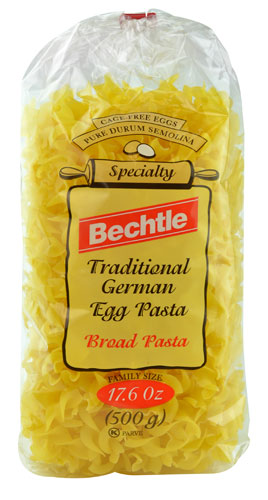Once the local farmers markets shut down for the season, it can seem like the end of fresh produce. But despite the drop in temperature outside, winter vegetables and fruits can really heat up in the kitchen. While you were smashing your pumpkin into a pie this past fall, local farmers were busy harvesting much of their crop for cold storage. That way, it would be available throughout the cold winter months. Though finding the veggies and fruits in season may be a little more challenging than other times, there are still plenty of options. You just need to know what to look for and how to use it.
Cabbage
As part of the Brassica family, you may find this leafy green vegetable to be round or oval in shape. Its color can range from light green in color to purple hues. And besides being an inexpensive addition to your shopping cart, cabbage is an excellent source of vitamin C to help support a healthy immune system.
Try it: Make your own fermented winter vegetables, such as kimchi or coleslaw. All you need is some fresh cabbage and a fermentation kit. You can also indulge in traditional comfort food by slowly braising onions and cabbage together. Season with poppy seed and then toss with egg noodles and butter. For a crunchy side dish, combine shredded cabbage with apples, carrots, cranberries and parsley. Toss with vinegar and olive oil to dress it up.
Parsnips
This humble-looking vegetable, which is part of the Apiaceae family, is pale in color compared to its cousin the carrot. But don’t overlook this delicious root vegetable native to the Mediterranean. When parsnips are cooked, especially roasted or braised, they become deliciously sweet.
Try them: Slice a parsnip thinly on a mandolin slicer or with a slicing blade in your food processor, toss with avocado oil and season with salt and curry powder. Bake in a 425-degree oven on a sheet pan until crispy. Or, you can cook chunks of parsnips, carrots and turnips together in some broth and mash them. Season your parsnip mash with rosemary and roasted garlic.
Chicories
Bitter greens including endive, escarole, frisee, radicchio and cultivated dandelion greens are all part of the chicory family. So if you’ve tired of baby greens, try these crunchy, crispy greens in your winter salad bowl. Too bold and overpowering? Add a small amount to your mixed greens. You can also sweeten radicchio, endive and escarole by braising them or simmering them in a broth.
Try it: Combine frisee, endive and radicchio and top with crisp winter pear slices and bleu cheese. Dress with a walnut oil vinaigrette. You can also braise endive with garlic, white wine, capers, herbs and olive oil and serve with a crispy, roasted fish dish.
Pears
Bosc, Anjou, Seckle and Comice are some of the popular winter pear varieties, but there are several more to enjoy if you can find them. With so much variety, you could stay busy all winter taste-testing each type of pear.
Try them: Slice a few plump, sweet Comice pears to pair with your cheese board. A creamy Camembert or sharp aged cheddar will match nicely. For Bosc pears, slice them in half, scoop out the seeds and sprinkle with warming spices and honey. Bake the halves until soft and drizzle with chocolate or salted caramel sauce for dessert.
Fennel
Are you looking for a refreshing crunch and sweetness to balance out heavier winter meals? Fennel adds a licorice-like flavor to dishes when served raw and becomes deliciously sweet and soft when roasted or slowly cooked. The white bulb, the long slender stalks, fronds and seeds are all edible. Some people even enjoy chewing fennel after dinner to help freshen their breath.
Try it: Add chopped fennel fronds to salad greens. If you prefer the sweeter taste, braise or roast fennel bulbs, cut into wedges and season with lemon vinaigrette, shaved Parmesan and fresh pepper.
Citrus
Though citrus is available year round, winter is when it’s at its peak of ripeness and sweetness. Look for clementine, blood oranges, navel oranges, ruby red grapefruit and limes, specifically. Meyer lemons are also available this time of year, albeit for a short period of time. They’re bright golden yellow, sweeter and less acidic than convential lemons.
Try them: Toss a peeled and sectioned clementine with your favorite salad greens and top with chopped hazelnuts. With a Meyer lemon, make gremolata by adding the zest and juice of the lemon with chopped parsley and garlic. Spread it atop a hearty beef or lamb stew. Of course, winter is all about celebration. Ring in the New Year with a blood orange mocktail. Stir together blood orange juice, fresh lime juice and ginger ale, and serve over ice.
Search your local area for a winter community-supported agriculture (CSA), where subscribers buy into a share of the produce. Even in colder regions, farmers are extending the growing season by using hydroponics, hoop houses and solar-powered green houses.
Be on the lookout for other winter favorites too, including, sweet potatoes, turnips, rutabagas, Brussels sprouts, leeks, onions, persimmons and pomegranates in warmer climates. Even if the farm fields are frozen, there are plenty of cold-weather fruits and veggies for your table!




